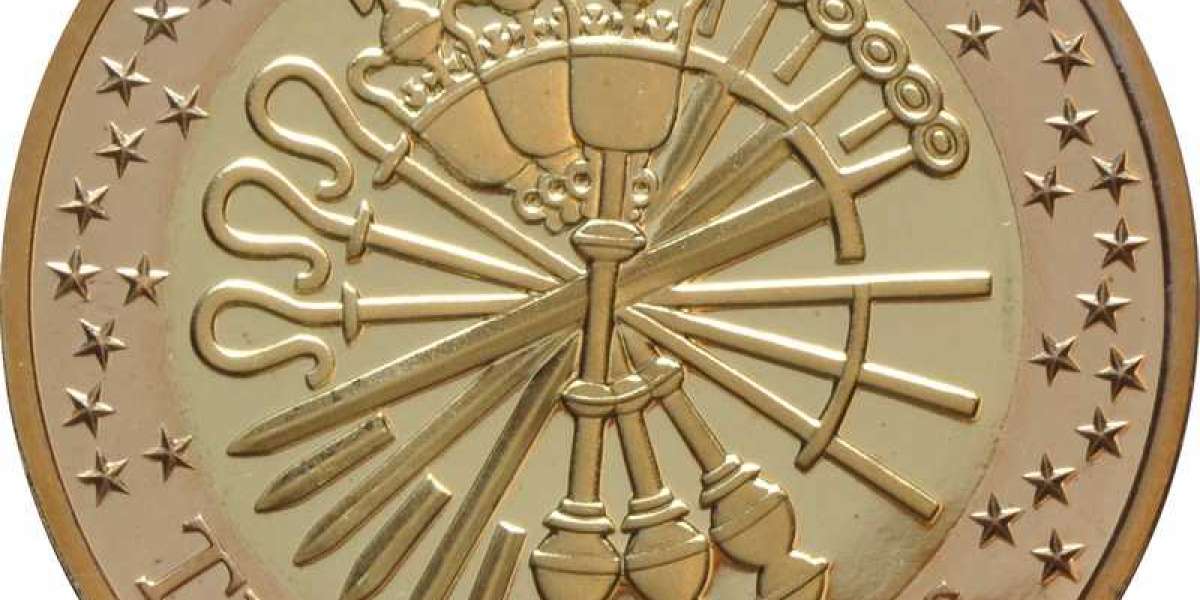Throughout history, gold and gunpowder have represented power, wealth, and influence. Gold has been coveted as a symbol of wealth and stability, while gunpowder has transformed warfare and global balance. Their combined influence has been critical in shaping empires, financing wars, and transforming the world gold and gunpowdereconomy. In this article, we’ll explore the intertwined roles of gold and gunpowder, how their connection has impacted history, and the legacy they’ve left in modern economies and societies.
The Origins of Gold and Gunpowder
Gold: The Universal Symbol of Wealth
Gold has been cherished for millennia, first used in ancient civilizations for coins, jewelry, and religious artifacts. It’s durable, malleable, and naturally resistant to corrosion, which helped it maintain its allure over centuries. Ancient empires, from the Egyptians to the Romans, depended on gold for trade and wealth storage. Gold reserves have historically symbolized a nation’s strength and security, making it an essential resource for building and maintaining empires.
Gunpowder: A Revolutionary Weapon
Invented in China in the 9th century, gunpowder changed the course of history by revolutionizing warfare. Originally developed for ceremonial uses and fireworks, gunpowder soon found military applications. The Chinese were the first to use it in weapons such as cannons and primitive firearms. By the late Middle Ages, gunpowder had spread to Europe, where it fundamentally altered military strategy and led to the development of more advanced weapons. As European empires expanded, so did their use of gunpowder, shaping global conflicts and colonization.
Gold and Gunpowder in Warfare
Gold and gunpowder became inextricably linked in warfare, as gold was necessary to finance armies, purchase supplies, and build fortifications. Armies across continents required large amounts of resources to create, maintain, and wield gunpowder-based weapons. Gold became essential not just for the production of arms but also for the payment of soldiers and mercenaries who wielded these weapons.
Funding Wars: Kings and emperors used gold reserves to finance wars, particularly in Europe during the Renaissance and beyond. Gold was the ultimate resource that funded the development and acquisition of gunpowder weapons. With wealth accumulated through trade or conquest, nations could create gunpowder arsenals, giving them an edge in battle.
Colonial Expansion: During the Age of Exploration, European nations, powered by gold and gunpowder, set out to explore and conquer foreign lands. The Spanish, for example, sought gold in the Americas, using advanced firearms and gunpowder weaponry to conquer indigenous civilizations like the Aztecs and Incas. Gold fueled their conquests, and gunpowder ensured their success.
Global Trade and Conflict: With gold in high demand for trade, many nations established colonies to exploit natural resources, including gold mines. Gunpowder-based weapons ensured that colonizers could protect these resources and fend off competing empires or local resistance. The competition for gold-rich territories fueled many conflicts, with gunpowder weaponry giving colonizers a distinct advantage.
The Economics of Gold and Gunpowder
Gold has served as the backbone of economies throughout history, while gunpowder, in turn, influenced how that wealth was defended and expanded.
Building Empires: The connection between gold and gunpowder became particularly evident during the mercantilist period, where nations measured power by the amount of gold they could accumulate. Empires expanded their influence through both trade and warfare, and gunpowder was critical to maintaining control over lucrative gold-producing colonies and trade routes.
Gold as Currency in Warfare: Gold was often the preferred currency for transactions and payments in international trade, allowing nations to buy gunpowder, weapons, and mercenaries from foreign suppliers. The effectiveness of a nation’s army often depended on the amount of gold it held, making the wealth-gunpowder cycle crucial for maintaining power.
Financing Revolutionary Movements: As nations sought independence or control, they often relied on gold reserves to fund revolutions and wars. For example, gold mined in South American colonies funded both colonial and revolutionary forces, allowing them to purchase gunpowder and firearms.
The Legacy of Gold and Gunpowder in the Modern World
The historic connection between gold and gunpowder set the stage for the modern world in several ways:
Central Banks and Gold Reserves: Today, gold reserves remain a key part of central banks’ holdings, offering stability in global markets. While gold no longer directly funds armies, its gold and gunpowder value continues to impact national wealth and financial security. Gold-backed currencies, once the global standard, were the financial backbones behind the armies that utilized gunpowder weaponry.
Military-Industrial Complex: The production of firearms and gunpowder weaponry has evolved into a major industry. Countries still invest vast resources into military production and defense, reflecting the legacy of the gunpowder era. While today’s weapons are more advanced, the economic influence of the military-industrial sector resembles the historical connection between gold and gunpowder.
Gold as a Safe-Haven Asset: Although it is no longer used directly to fund wars, gold remains a safe-haven asset in times of economic crisis. When tensions rise, the demand for gold increases, highlighting its enduring role as a financial security measure. In some ways, this reflects the role gold once played as a war chest asset during conflicts.
Geopolitical Power and Resources: Modern geopolitical strategies still focus on resource control, much like colonial powers once did for gold mines. Today’s conflicts may center around oil, rare earth elements, and other resources, but the historic impact of gold and gunpowder can still be seen in how resources shape power dynamics.
Conclusion
The relationship between gold and gunpowder has shaped history, building empires and transforming the global economy. While times have changed, the legacy of this relationship lives on in the ways nations secure wealth, defend resources, and seek influence. Gold remains a symbol of stability, while the influence of gunpowder endures in today’s military strategies and economic policies. Together, gold and gunpowder have left an indelible mark on the development of human civilization.







